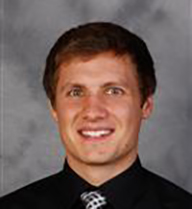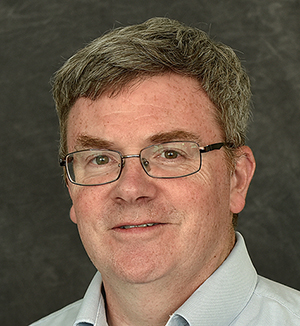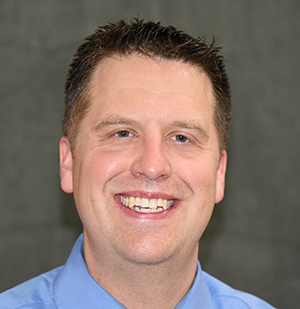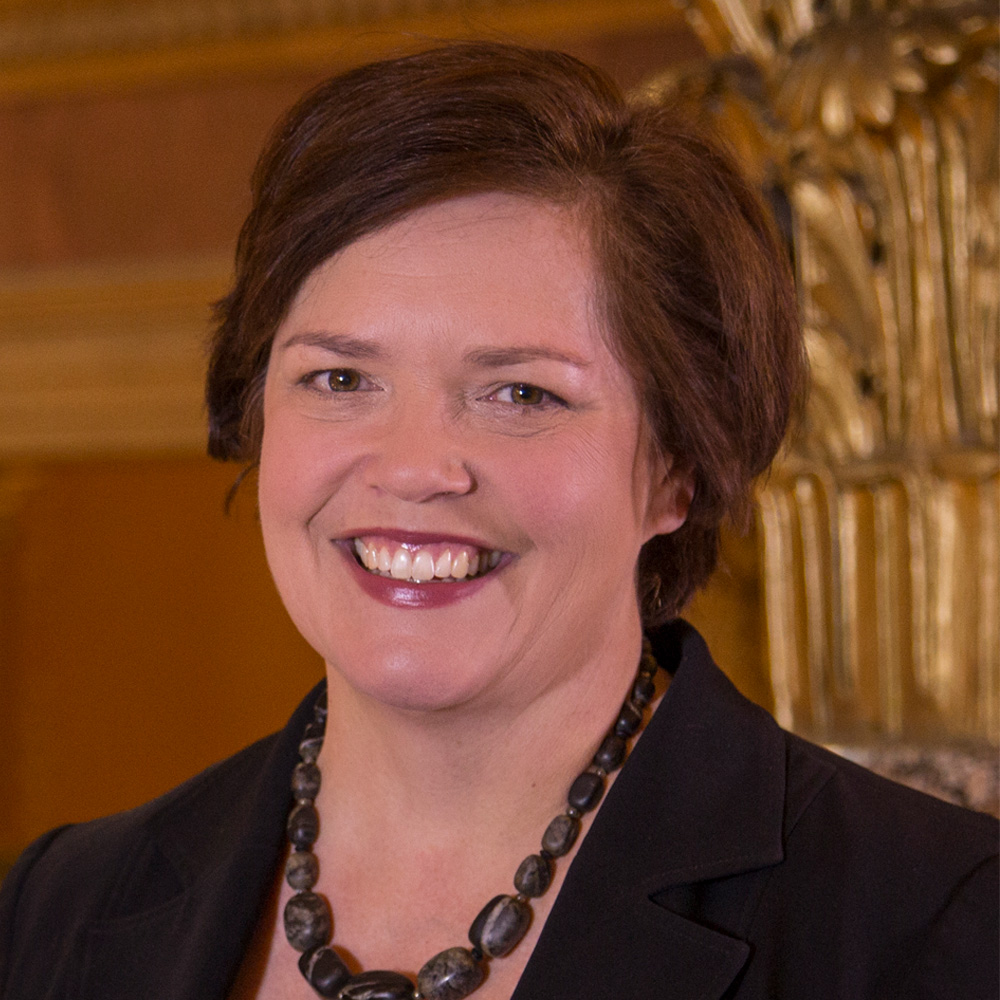By Joseph Palmersheim
There’s a certain joy in seeing the flicker of comprehension in the eyes of a learner.

Nick Ollrich. Submitted photo |
Nick Ollrich, an assistant traffic engineer in District 7, knows this feeling well. He’s taught several physics- and engineering-related courses at Bethany Lutheran College in Mankato for the past nine years.
“The experience of seeing a student really grasp a concept, seeing the lightbulb light up, is quite gratifying,” he said. “Teaching is a great way to contribute to the next generation of engineers and is a rewarding experience.”
Ollrich said teaching and engineering “really complement each other.”
“Engineering benefits my teaching work by allowing me to bring professional experience into the classroom,” he said. “Teaching benefits my engineering work by improving my communication skills, ability to explain complex ideas, and other soft skills.”
Ollrich isn’t alone in this experience at MnDOT.
While HR doesn’t keep track of the number of employees who teach, at least 38 employees have served as faculty in MnSCU schools. Here are some of their stories.
Jim Cownie shares practical legal skills with future lawyers

Jim Cownie. Submitted photo |
Jim Cownie, deputy chief counsel, never pictured himself returning to law school after getting his diploma. But return he did, serving as an adjunct associate professor at the University of Minnesota Law School for five years (2016-2021), where he taught a contract-drafting seminar for second- and third-year law students.
“It was sort of a fluke,” Cownie said. “I just happened to have a conversation with a law school faculty member who told me the law school was really interested in getting practicing lawyers to teach some practical skills classes. It seemed like an interesting challenge, and a way to give back to my alma mater, so I decided to give it a whirl.”
Taking 30 years of legal practice and breaking it down in a way that would make sense to students was an interesting intellectual challenge, he said. Doing the research and class preparation also caused him to challenge some of his assumptions and see areas where “perhaps my thinking was a little outdated.”
“It’s been a fun experience,” he said. “The students are very smart and very engaged, and I think they enjoy getting the perspective of practicing attorneys. Teaching really helped me hone my presenting skills. It’s a bit of a daunting task to stand up in front of a group of law students for two hours each week and to keep the subject matter fresh and interesting. It also made me feel very good about the future of the profession.”
While he’s currently out of the classroom, Cownie doesn’t rule out a return in the future.
“For those of us who have been in a profession or occupation or long time, I think we have a duty to help develop those who are coming up behind us,” he said.
Bryan Christensen brings multiple areas of expertise to students

Bryan Christensen. Submitted photo |
Teaching is a multifaceted affair for District 4’s Bryan Christensen. The public engagement coordinator not only teaches several online courses for the University of Minnesota-Crookston (Principles of Marketing, Principals of Management, and Business Ethics), he also teaches for the Minnesota Firefighter Initiative (MnFIRE Awareness Training, cardiac training, emotional wellness training and cancer training).
Christensen’s teaching experience goes back to high school, when he taught IT classes for Detroit Lakes Community Education. His adjunct work at Crookston started four years ago, and his fire courses started nearly three years ago.
“What I’ve learned is that you do not have to know everything,” he said. “Your goal is to get people to the appropriate resources, mentoring and coaching. I’ve learned how to deal with complex requests and accommodations from students and how to remain firm, fair and consistent. It is exciting to see the growth of your students as they progress through the program.”
When he’s not at MnDOT or teaching, Christensen serves as fire chief for the Sugar Bush-Strawberry Lakes Volunteer Fire Department, and is also a firefighter for the Callaway Volunteer Fire Department.
Margaret Anderson Kelliher uses experience to teach negotiation skills

Margaret Anderson Kelliher. File photo |
Commissioner Margaret Anderson Kelliher teaches at the University of Minnesota’s Humphrey School. She developed a course called “Managing Conflict: Negotiation,” and also taught policy implementation.
“My interest in teaching came from when I was in the Legislature,” she said. “I realized most decision makers do not have formal negotiation theory or training, and I thought I should learn all I could in my graduate studies to be able to understand and help Minnesotans do better through negotiation.”
Anderson Kelliher said her own growth comes from academic material and research related to negotiation - and also from the students she teaches. She learns what their challenges are and what challenges they face in their work life, which pushes her to make sure the course is keeping up with the current public policy environments, she said.
Teaching also provides opportunities to create workshops for associations and leaders. One highlight was interviewing former Secretary of State Madeline Albright for the Humphrey School.
At the end of the day, teaching is “beyond what I thought it would be,” she said.
“Maybe because I was not sure if I could do it or maybe because it stretches my brain in new ways, but I love it,” Anderson Kelliher said. “I have taught while being a legislator, Speaker of the House, leader of a business association and now as commissioner. It’s not exactly a light schedule, but I still find teaching so worthwhile.”
Teaching may have helped Anderson Kelliher chart her eventual course to the agency. Instructing graduate students and meeting MnDOT staff members in her classes made Anderson Kelliher think that if she came back to public service, she would want to serve at MnDOT.
“These students were so innovative, creative and wanted to be the best public servants,” she said. “So you could say my teaching lead me to MnDOT.”
Part two of this story will conclude in the Aug. 18 edition of Newsline.
| 


